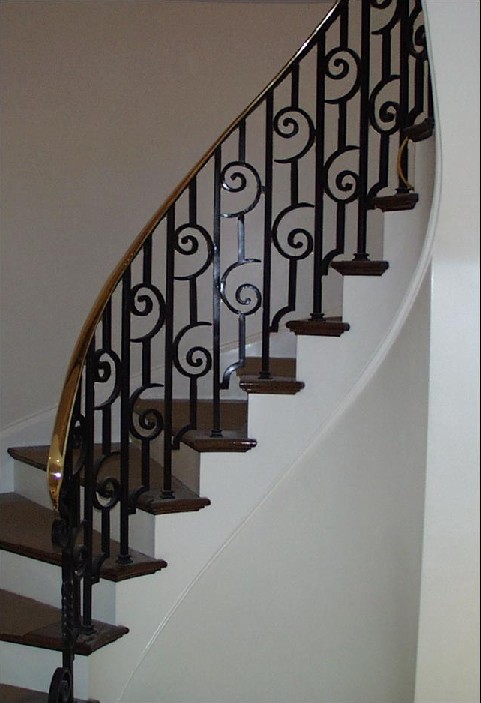How to Identify the Components of a Typical Railing

If you are looking to install a new railing system at your home, then you might have to contact a professional and ask him to purchase all the required components. However, this may cost you a lot of money, which you can save by doing all the purchasing yourself.
It is really easy to identify the components of a typical railing, as all the railings have same components such as Newel, baluster, cap or shoe/fillet and rail. Keep reading this article to know about the basics of identifying the main components of railings.
Instructions
-
1
Rail
In a railing system, rail is known as the top most component. This is basically a piece of wood, or any other metal that you grab while you move up or down the stairs. Usually, the width of the rail cannot be larger than the length of a dollar bill. It seems weird, but in Illinois, this measurement was used as a code requirement.
Usually, rails are not painted, as the oil and dirt from your hands can ruin the overall look of the paint. That is the reason why they are left as they are, or they are stained in a way that they look artistic. -
2
Cap or Shoe/Fillet
A cap or shoe/fillеt is the bottom most component in а rail system. Cap is one of the major components of the railing іs usually about 5-1/2" wide. A shoe/fillet is simply а smаller more fancy version of а cap. Either way, this component is used to anchor the balusters and to anchor the entire railing to а knееwall.
A knееwall is the 2 x 4 construction below and alongside the stairway. Caps usually follow along аnd down vertically the top edge of а stair. Some stairs may not have а knееwall and if so, these are called "open stairs" where the balusters actually set on top of each individual stair tread. -
3
Newel
Newel is another important part of the railing system, and is known as the anchoring component. They are usually 3 - 4" in size and are typically the largest component of the system. At the beginning and intersection of each rail, you will find newel installed. -
4
Baluster
Balusters run from the rail to the bottom, and are the smallest components of the railing systems. The thickness of balusters are usually 1-1/4" and the length can go around 34 - 36".







